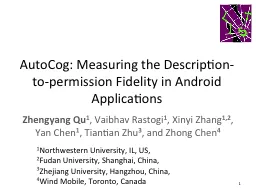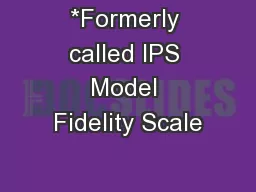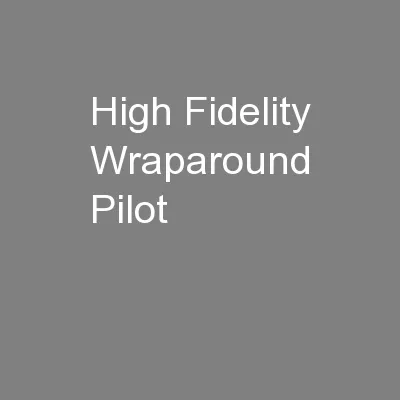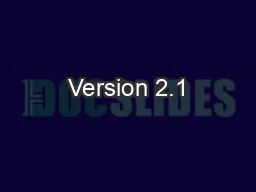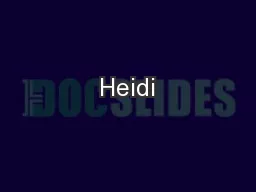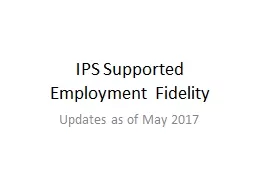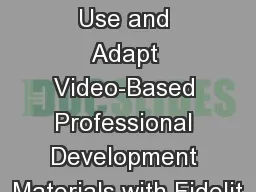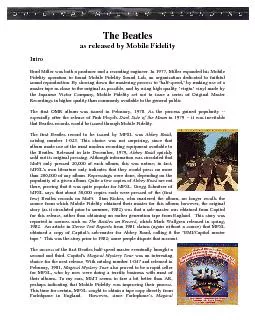PPT-AutoCog: Measuring the Description-to-permission Fidelity i
Author : karlyn-bohler | Published Date : 2016-06-15
Zhengyang Qu 1 Vaibhav Rastogi 1 Xinyi Zhang 12 Yan Chen 1 Tiantian Zhu 3 and Zhong Chen 4 1 1 Northwestern University IL US 2 Fudan University Shanghai
Presentation Embed Code
Download Presentation
Download Presentation The PPT/PDF document "AutoCog: Measuring the Description-to-pe..." is the property of its rightful owner. Permission is granted to download and print the materials on this website for personal, non-commercial use only, and to display it on your personal computer provided you do not modify the materials and that you retain all copyright notices contained in the materials. By downloading content from our website, you accept the terms of this agreement.
AutoCog: Measuring the Description-to-permission Fidelity i: Transcript
Download Rules Of Document
"AutoCog: Measuring the Description-to-permission Fidelity i"The content belongs to its owner. You may download and print it for personal use, without modification, and keep all copyright notices. By downloading, you agree to these terms.
Related Documents

